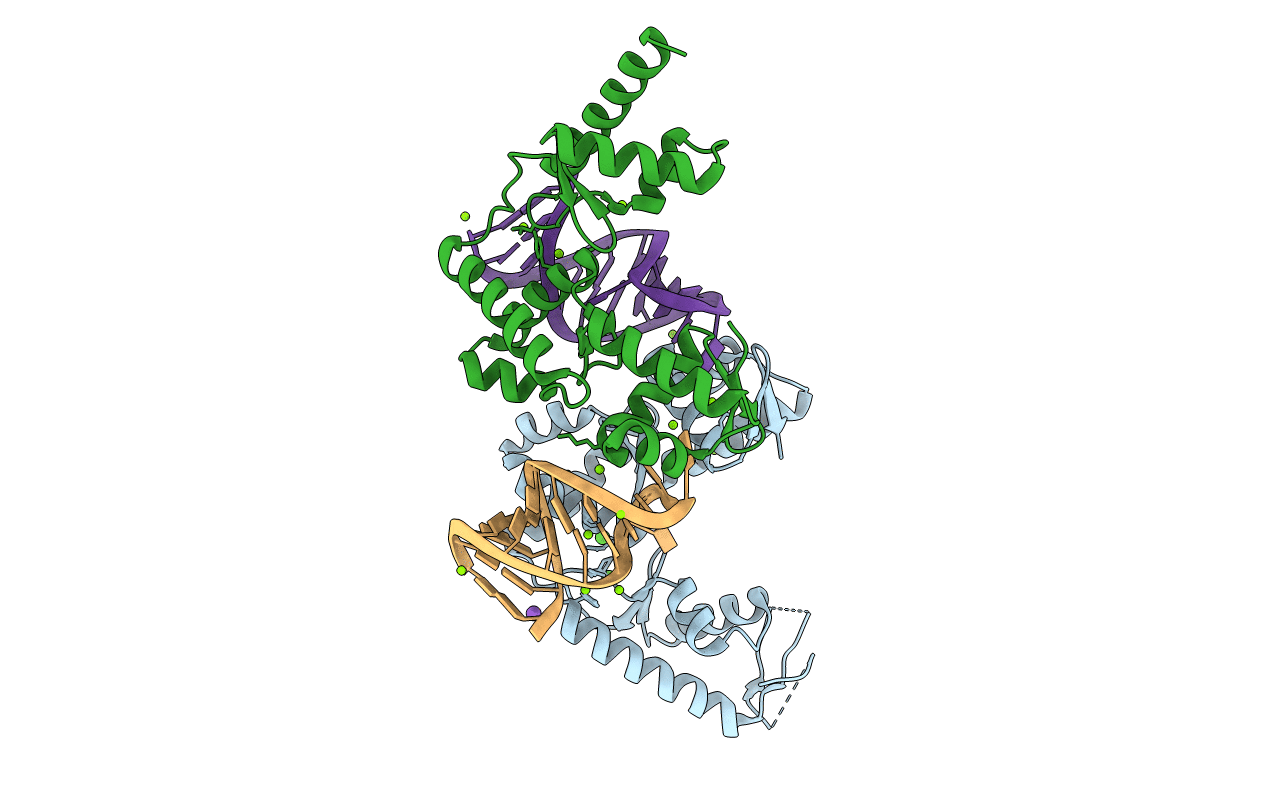
Deposition Date
2007-04-20
Release Date
2007-11-06
Last Version Date
2023-08-30
Entry Detail
PDB ID:
2PLY
Keywords:
Title:
Structure of the mRNA binding fragment of elongation factor SelB in complex with SECIS RNA.
Biological Source:
Source Organism:
Moorella thermoacetica (Taxon ID: 1525)
Host Organism:
Method Details:
Experimental Method:
Resolution:
2.60 Å
R-Value Free:
0.28
R-Value Work:
0.22
R-Value Observed:
0.22
Space Group:
C 1 2 1


